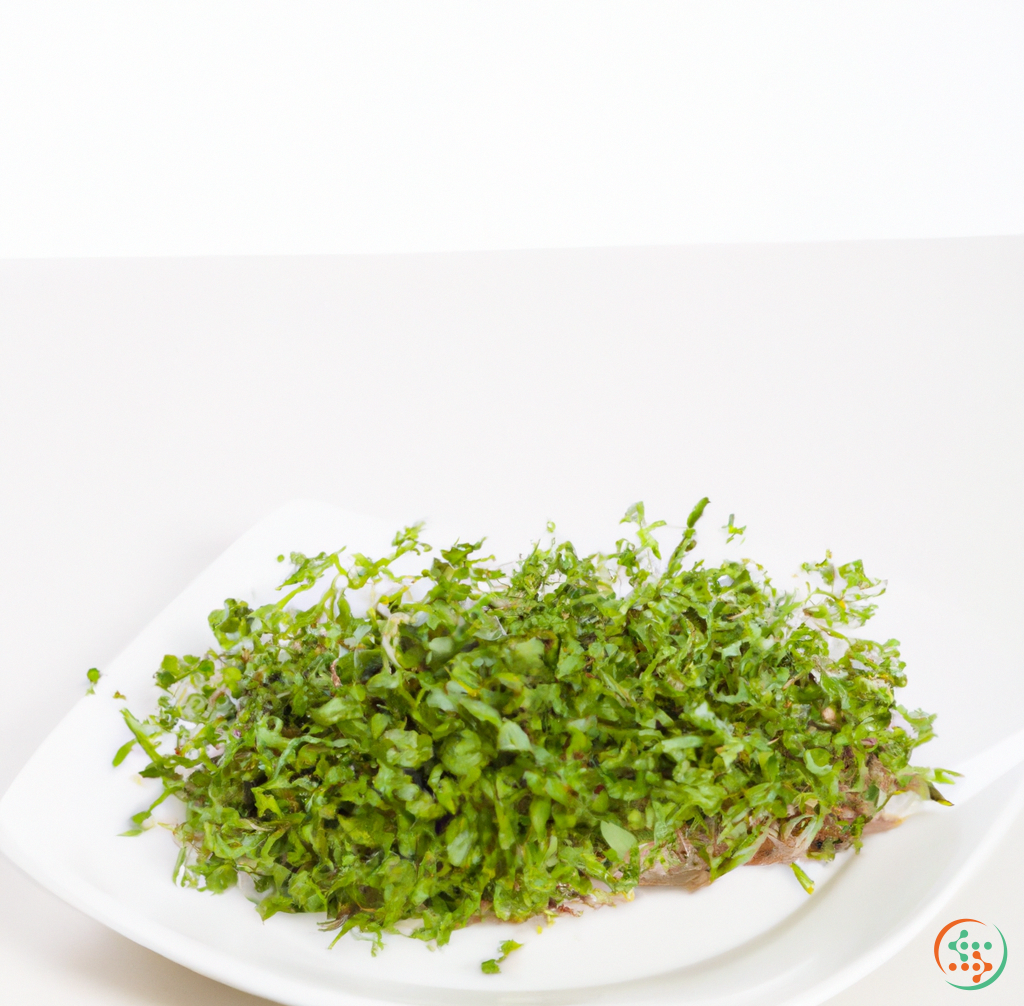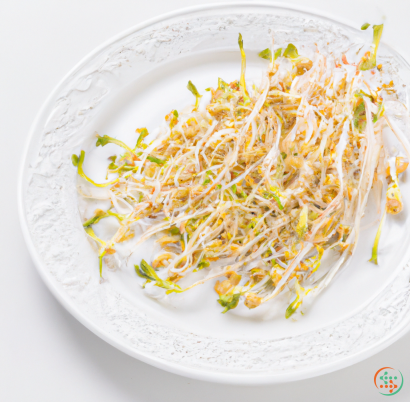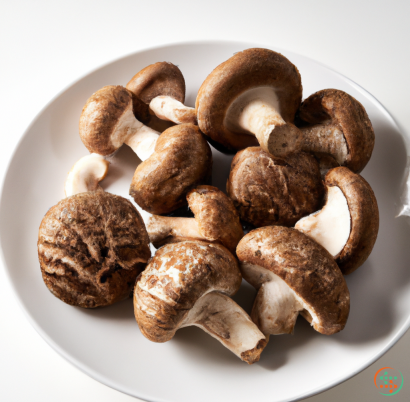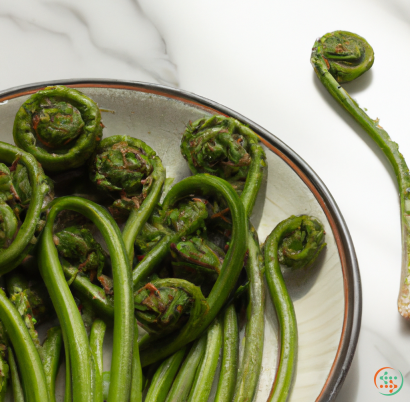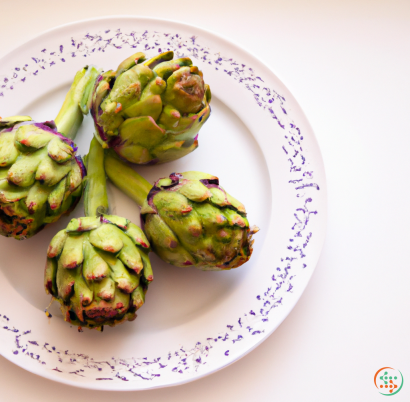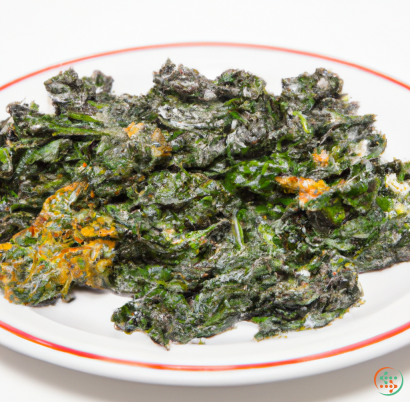Garden Cress
Garden cress, also known as Lepidium sativum and pepperwort, is a powerful yet versatile species of the Brassicaceae family. It’s small, but its tiny leaves contain a great deal of aromatic flavor and nutrition. Garden cress is closely related to watercress and mustard, but has a slightly more distinct peppery flavor. It’s also known as romaine cress, garden pepper, and peppergrass.
Garden cress is an annual or biennial herb native to southern Europe and the Mediterranean region, but it is now cultivated and sold in markets all over the world. Its thin, delicate leaves are eaten raw, steamed, added to salads and sandwiches, or used as a garnish. When boiled, its leaves yield a yellow-green dye and a liquid similar to horseradish. The long, thin roots can be eaten raw or boiled, but if eaten uncooked, it can be quite spicy.
Garden cress’s nutritional profile makes it a great addition to any meal. The leaves are a good source of vitamin A, folate, iron, and minerals like calcium and magnesium. They also contain healthy amounts of dietary fiber, essential fatty acids, and amino acids like lysine. Garden cress is an excellent source of vegetarian protein, which makes it an excellent culinary choice for meatless dishes.
Garden cress is a very hearty and resilient plant and can tolerate a variety of soils and climates. It does best in moist, well-draining soil, and can tolerate both full sun and partial shade. When planted outdoors, the soil should first be kissed to control weed growth and improve drainage. Garden cress needs approximately six hours of sunlight each day, and prefers the cooler temperatures of early or late summer.
In the United States, garden cress is becoming increasingly popular in home gardens and farmers markets alike. Its small size and longevity in the field make it an ideal crop for small gardens and backyard gardens. It also transplants easily, making it suitable for rotational crop-management systems. Garden cress can be harvested by hand or machine when ready, and the leaves can be either eaten fresh or preserved using a range of techniques.
Garden cress can also be grown in an indoor garden, preferably near an air-vent or window that provides ample sunshine. Outdoors, garden cress should be fertilized every four to six weeks with a balanced nitrogen and phosphorus mix. To keep the plant healthy and encourage stronger growth, it should be pruned regularly in order to remove any dead leaves or stems that might be crowding the growing area.
Garden cress is a nutritious, versatile, and easy-to-grow treat that should be a part of everyone’s diet. Its unique peppery flavor and texture makes it an attractive addition to dishes and adds a nutritious punch to some of your favorite recipes. Whether you’re growing it for its flavor, nutrition, or aesthetics, garden cress is sure to please.
Garden cress has been a popular ingredient in salads, sandwiches, soups and wraps since ancient times. Its spicy, peppery taste belongs within the mustard family of plants and is used for its nutritious and delicious qualities. Garden cress is either harvested as a sprouting seed, or as an edible leaf with an upright growth habit. This article will look at the journey from seed to dinner plate that garden cress takes and the intricate science that is involved in producing such a delicacy.
The Lifecycle of Garden Cress
Garden cress has a 4-stage lifecycle which it follows in order to produce its edible leaves, stems and sprouts. The stages of the garden cress lifecycle are seed, germination, seedling, and harvesting.
Seed
Garden cress is typically grown from seeds, as opposed to garden cress plants. To ensure a successful crop, gardeners need to pay special attention to the type of seed they are planting. The condition, age, and type of seed can all affect the quality of the crop, and the flavor they produce.
Germination
Germination is the process of a seedling beginning to grow. For garden cress, the germination stage is the point at which it will start to produce both the shoots and roots. Garden cress begins its germination when the proper environmental conditions present themselves, which include consistent moisture and a certain amount of warmth.
Seedling
Once the seeds have begun to germinate, the shoots will emerge and enter the seedling phase. During the seedling phase, the garden cress is still dependent upon moisture and warm temperatures in order to survive. The seedling will develop the first few edible leaves and crunchy stems, and will become larger as it continues to be nourished.
Harvesting
The final phase of the lifecycle is harvesting. Garden cress can be harvested in two ways; as an edible leaf or as a sprouting seed. For gardeners who are harvesting the edible leaves, they will typically wait until the garden cress reaches three to four inches in height. The leaves should be picked with long stems attached, and either washed and eaten immediately, or stored in a fridge or cool place for later. If a gardener is looking to harvest the sprouting seeds for use with salads, wraps or sandwiches, they should leave the garden cress to grow for longer until it the shoots have formed a canopy. This can then be harvested and used.
Soil Conditions
When deciding upon the location to grow garden cress, soil conditions are something to consider. The ideal soil for garden cress is moderately rich in organic matter, with a pH of 6.5 to 7.0 . Garden cress also prefers soils that are well aerated and moisture-retentive.
Fertilizing
Garden cress does not need heavy fertilizing in order to produce a successful crop. However, a light application of fertilizer after the first few weeks of growth is recommended in order to ensure the best results. Fertilizers rich in nitrogen should be used, such as organic compost or a fertilizer specifically formulated for garden cress.
Water Requirements
In order to ensure garden cress produces a quality crop, consistent and adequate watering is important. Too little water can lead to small and weak sprouts, while too much water can lead to seedling root rot. A general rule of thumb is to water garden cress every other day or when the top inch of soil is dry.
Light Requirements
The optimal light for garden cress is full sun, which will produce the best growth, flavors, and colors of the sprouts. If planting in partial shade, gardeners should keep in mind that these areas are more prone to dampness, which can lead to problems with the crop.
Pests and Disease
As with all plants, garden cress can be subject to pests and disease. The most common diseases that affect garden cress are caused by fungi and pathogens, such as downy mildew, anthracnose, and rhizoctonia. Garden cress is also prone to attack by pests such as aphids and flea beetles. The best ways to combat pests and disease is to avoid planting garden cress in areas where other infected crops have been, and to remove any weeds or insects that may be present.
From Seed to the Dinner Plate
Garden cress is a versatile ingredient that can be used in a variety of dishes. Although it begins as a tiny seed, garden cress can be transformed into a delicacy that can be enjoyed by many. The journey from seed to dinner plate requires careful attention to soil conditions, fertilization, water, and light requirements in order to ensure a successful crop. Once harvested, garden cress can be eaten immediately, or stored in a fridge or cool place for later. Garden cress is a nutritious, flavorful ingredient that is sure to liven up any dish!
| Vitamin A | 0.346 mg | |
| Beta-Carotene | 0.00415 grams | |
| Vitamin E | 0.7 mg | |
| Vitamin K | 0.5419 mg | |
| Vitamin C | 0.069 grams | |
| Vitamin B1 | 0.08 mg | |
| Vitamin B2 | 0.26 mg | |
| Vitamin B3 | 0.001 grams | |
| Vitamin B4 | 0.0195 grams | |
| Vitamin B5 | 0.24 mg | |
| Vitamin B6 | 0.25 mg | |
| Vitamin B9 | 0.08 mg |
| Calcium | 0.081 grams |
Daily Value 1.3 g
|
| Iron | 0.0013 grams |
Daily Value 0.018 g
|
| Magnesium | 0.038 grams |
Daily Value 0.4 g
|
| Phosphorus | 0.076 grams |
Daily Value 1.25 g
|
| Potassium | 0.606 grams |
Daily Value 4.7 g
|
| Sodium | 0.014 grams |
Daily Value 2.3 g
|
| Zinc | 0.23 mg |
Daily Value 0.011 g
|
| Copper | 0.17 mg |
Daily Value 0.9 mg
|
| Manganese | 0.55 mg |
Daily Value 0.0023 g
|
| Selenium | 0.9 ug |
Daily Value 0.055 mg
|
| Total Sugars | 4.4 grams |
per 100g
|
| Palmitic acid (16:0) | 0.02 grams |
|
| Stearic acid (18:0) | 0.01 grams |
|
| Total Saturated fatty acids: | 0.03 g | |
| Erucic acid (22:1) | 0.09 grams |
|
| Oleic acid (18:1) | 0.09 grams |
|
| Gadoleic acid (20:1) | 0.06 grams |
|
| Total Monounsaturated fatty acids: | 0.24 g | |
| Linolenic acid (18:3) | 0.08 grams |
|
| Linoleic acid (18:2) | 0.15 grams |
|
| Total Polyunsaturated fatty acids: | 0.23 g | |
